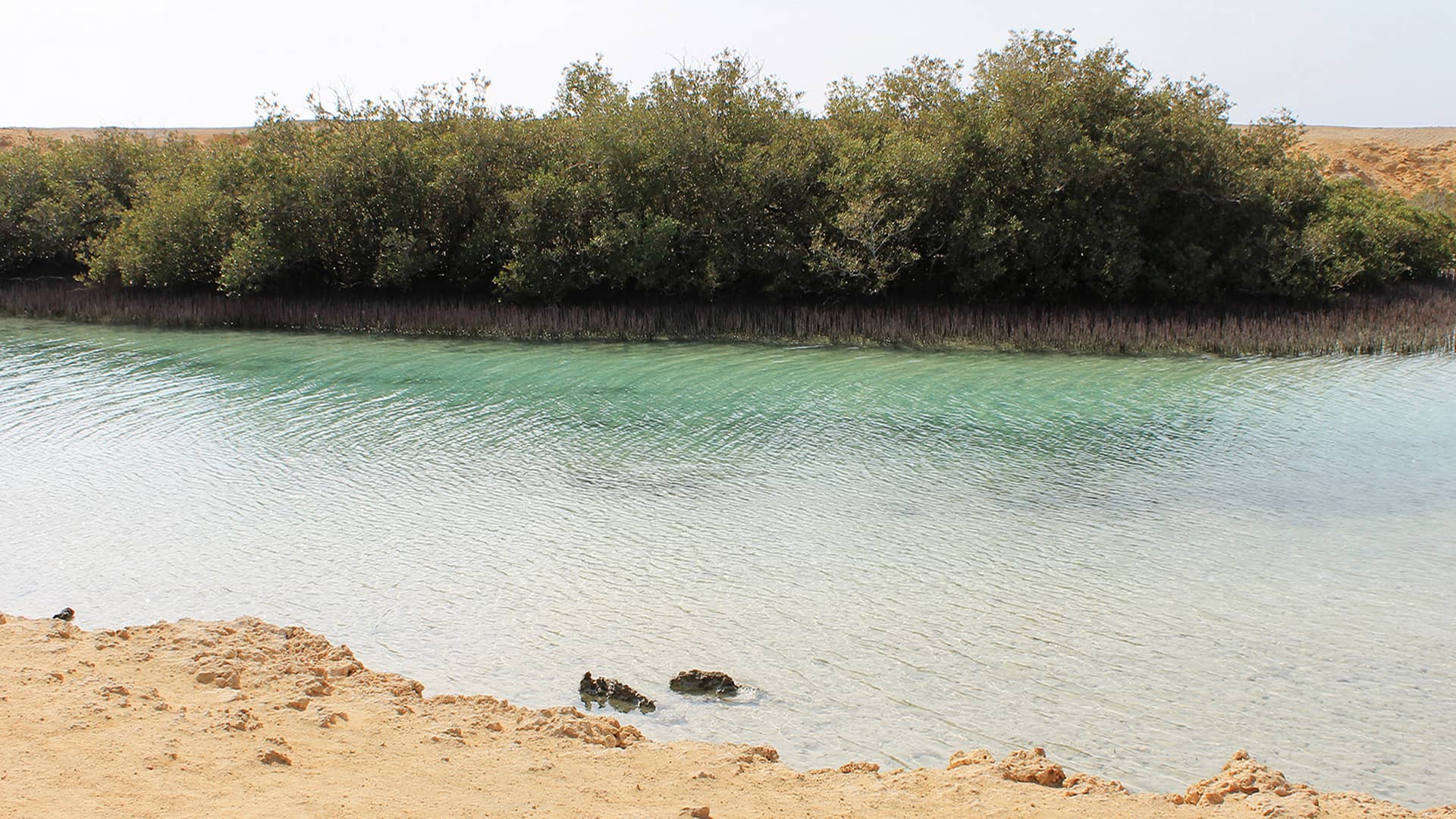Case study: Delivery of the Water Framework Directive through collaborative action between civil society and the private sector
project information
The WaterLIFE project aims to tackle some of the big issues hindering the rivers being classified as healthy, due to abstraction, pollution and unsustainable management.description
The long-term goal of the WaterLIFE project is to contribute to the delivery of the WFD across the EU, by helping to restore rivers to good ecological status. Its aim is that all surface water bodies within demonstration catchments achieve Good Environmental Status faster than predicted by the 2009 RBMP. The project is designed to offer timely support to governments in the development of the second cycle of the RBMP, and to demonstrate that there are civil society and private sector-led mechanisms that can work if supported by an adequate policy framework. More specifically, the project objectives are: -To create policy-enabling conditions, so that policy, guidance and legislation in the UK, and other EU countries, supports an accelerated and collaborative delivery of the WFD; -To promote water stewardship innovation, through a wider business commitment; -To demonstrate civil society governance, with local and regional civil society groups empowered in WFD advocacy and engaged in RBMP development; and - To improve European knowledge exchange, with demonstrated private sector and civil society methodologies of WFD implementation, and associated policy-enabling conditions, that are transferable and widely applicable across the EU. The project sought to meet its objectives by: - Working with decision-makers to make sure the right conditions are in place. - Working in partnership with business, civil society and other key stakeholders to drive greater collaboration and knowledge exchange. - Building capacity and expertise across the UK to support the delivery of collaborative and innovative water management, through the Catchment Based Approach (CaBA). - Delivering catchment-scale initiatives in five Demonstration Catchments. - Upscaling these catchment-level initiatives regionally, nationally and across the European Union to drive wider collaboration and knowledge exchange. - Proving the success of partnership working through capturing the environmental, social and economic benefits that it realises. WaterLIFE worked in five Demonstration Catchments across England and Wales and nationally with the government, Defra and its agencies, regulators such as Ofwat, water companies and other environmental NGOs to develop and define appropriate policy enabling conditions: new or amended legislation, statutory guidance or other mechanisms that, when implemented, could enhance collaborative delivery of the Water Framework Directive.Policy context
The long-term goal of the WaterLIFE project is to contribute to the delivery of the WFD across the EU, by helping to restore rivers to good ecological status.environmental impacts
The project delivered much over its three years, including: Shaping water abstraction and other policy areas for the future, with a particular focus on England’s unique chalk streams. WaterLIFE's on-the-ground interventions will deliver measurable improvements towards WFD Good Ecological Status in our five Demonstration Catchments. Broader environmental benefits will also accrue, including reduced flood risk, Invasive Non-Native Species control and riparian habitat restoration. Strengthening and growing the Catchment Based Approach. Work is already underway to better integrate the Catchment Based Approach into the 3rd Cycle River Basin Management Plans, due to be published in 2021. Government thinking on flooding also changed within WaterLIFE, towards a more catchment-wide approach that incorporating Natural Flood Risk Management. WaterLIFE's roles enabled enhanced relationships to be built with government, the Environment Agency, and water companies. These will lead to legislative and regulatory mechanisms being put in place that will enhance the water environment.socioeconomic impacts
• Developing new and innovative catchment-scale initiatives – ranging from data platforms to profile-raising catchment branding. • A Water Stewardship Service has been established within The Rivers Trust to support and develop business engagement with catchment partnerships, building on the innovative Water Stewardship work developed under WaterLIFE. • Upscaling these initiatives and wider findings regionally, nationally and into Europe.key lessons
WaterLIFE's Final Conference celebrated the Catchment Based Approach as the key mechanism for effective WFD delivery. Regarding Communication the following needs to be noted: Understanding the public’s current attitudes to the water environment and their wider perceptions of and engagement with the natural environment and environmental issues, will provide a number of insights that could be used in future communication campaigns in relation to the water environment. To communicate more effectively with the public and gain support for improvements to waterbodies, attention should be paid to aesthetic improvements alongside water quality enhancements. There is evidence that this in turn may help engender further care, concern and protection for newly restored water bodies from local communities. Attention should be focused on groups that regularly visit the water environment, who typically live nearby (within 1-2 miles), as it is these groups who have most to gain from improvements to the water environment and who are most likely to be motivated to invest time and energy in the RBMP process. It may be beneficial to focus communications primarily on water quality issues and water pollution, as these are of highest concern to the public, as well as being central to meeting WFD targets. For specific locations, flooding is a major concern, and communications may usefully combine messages about soft engineering approaches to flood risk alleviation for these communities, to further help meeting WFD targets and engage the public with the RBMP process.Project website
http://waterlife.org.uk/Knowledge types
Types of knowledge produced from this case study.
Geographical coverage
Related Policy
Which EU policy requirements and EU Directives were aimed at being addressed by the project or which national and/or regional policy challenges and/or requirements aimed to be addressed?
Funding mechanism
Availability/accessibility of knowledge outputs online














